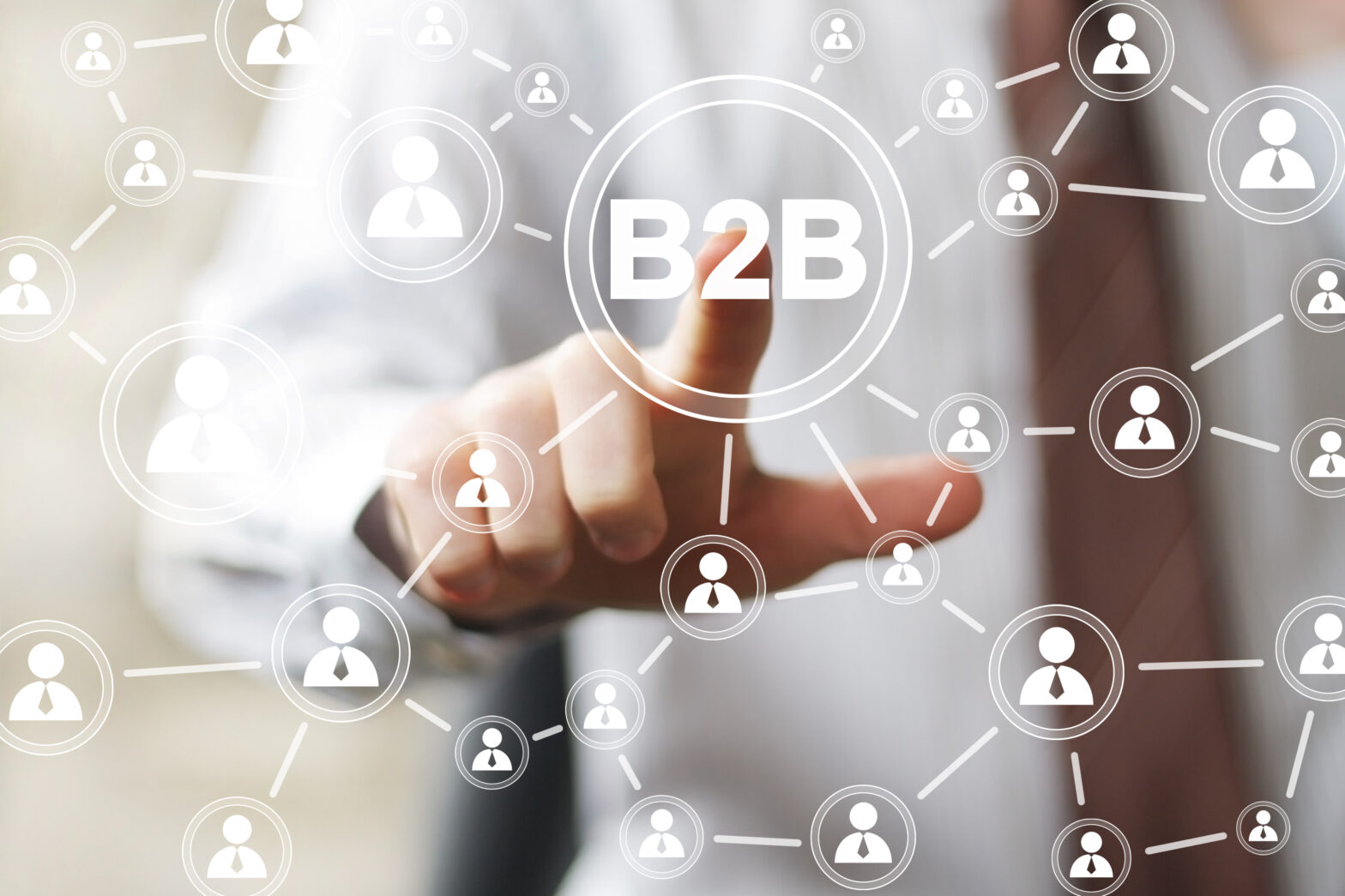One of the most powerful things about Google is its simplicity. Google.com is a essentially a white page with a search box, and it was this simplicity that laid the groundwork for the company to take over the world.
In fact, many of the technologies that have shaped the digital age—Google, Facebook, iPhones—are distinguished by their intuitiveness. iPads are literally easy enough for toddlers to use.
As consumers became accustomed to these types of user experiences, they began to expect, even demand, interfaces that are similarly simple yet engaging in all aspects of their lives. Enterprise software is no exception. No one taught users how to use Google or Facebook, so why should anyone need a certification to use B2B software?
>See also: How to implement personalisation into B2B support services
It was this basic idea that set off the “consumerisation of the enterprise” trend, which has redefined the way software is designed over the past five years. Today, ease-of-use is a key competitive differentiator for all enterprise software, from payroll to big data, and across a range of industries.
For instance, Box grew into a billion dollar juggernaut with its consumer-friendly approach to enterprise cloud storage. Slack transformed office communication and collaboration by applying design principles of social messaging to the workplace. These companies did not build groundbreaking technology—they succeeded because they understood that user-centric design meant users who were more engaged and productive.
Studies have shown that easy to use consumer interfaces see higher adoption rates and better ongoing engagement. It’s hardly a surprise that people are drawn to products that aren’t complicated or confusing. B2B users are also consumers, and thankfully, convoluted B2B interfaces are becoming thing of the past.
However, there are sectors, like real estate, that have not yet realised the full potential of this trend. Many of the most common software tools still have interfaces that are difficult and/or unpleasant to navigate. The grace period for these types of experiences is drawing to a close. To succeed in today’s market, B2B developers need to take a B2C approach.
>See also: Harnessing machine learning to drive B2B relationships
B2B products are feature rich, so how can they be easy to use?
One of the reasons why Google is able to maintain such a clean homepage is that it provides one, straightforward service: search. B2B products, on the other hand, tend to come with a whole suite of features, so one could make the argument that it’s not realistic for enterprise products to adhere to the same standard of simplicity.
However, there is a steep cost for having a complex feature rich interface if people don’t use the product. The most well thought out, valuable features can’t serve anyone if they can’t be found or figured out. Applying a B2C user experience design to a B2B application will streamline engagement and minimise learning curves.
There are a number of ways to go about this. Advanced design tactics can reveal key features in an on-demand fashion that pleases users and helps keep your main interface simple.
For example, outlining the most crucial things that someone needs to do to perform a task in the least number of steps. Or, segmenting the mobile experience to web experience, so only the most important and core actions are available on mobile, but the full experience of tweaking and customisations — like uploading a html email template, setting up full organisation security settings, or custom api and integrations—still push users towards web features.
Another example is to utilise mobile experiences to minimise the screen with experiences that you have to click on the web, like swiping left and right or scrolling down. In the case of Google Maps, users have to shake the phone to do a bug report.
>See also: Bringing meaning to personalisation in the context of B2B selling
Also keep in mind that in a mobile-first world, user interfaces are forced to be simple. It’s now the norm for people to work on-the-go, whether they have office jobs or spend time out in the field.
Enterprise products need to have a mobile presence to account for this increasingly mobile workforce, and that means paring down. Screen sizes on mobile devices are dramatically smaller than a desktop user experiences, so developers have to focus on key user interactions. Less space means every pixel precision matters.
Rapid development cycles are key to innovation
The typical B2B product development cycle happens in 3-6 month intervals, but the world keeps on moving faster and faster. People now want instant, in-the-moment, on-demand gratification for all things.
They are used to consumer platforms that roll out new products and features and updates on what feels like ongoing basis. This puts pressure on businesses to speed up their development cycles. If customers are clamouring for a particular feature or have a complaint about an existing product, B2B companies need to address those needs for risk losing their customers to competitors.
>See also: How forward-thinking companies are reinventing the role of the customer
This pressure can be stressful, but it’s also an opportunity. Rapid development cycles force enterprises to listen closely to the needs of their customers and constantly iterate.
Consumer demand can lead B2B companies to push new products monthly, if not weekly. This requires a flexible product roadmap that evolves with customer feedback cycles and an agile structures that allow organisation to adapt.
The B2B companies that succeed in the modern market will be those that understand the lines between consumer and enterprise are blurring and apply lessons from the B2C sphere in their own approach.
Sourced by Matt Murphy, creator and chief marketing officer at Chime
Nominations are now open for the Tech Leaders Awards 2017, the UK’s flagship celebration of the business, IT and digital leaders driving disruptive innovation and demonstrating value from the application of technology in businesses and organisations. Nominating is free and simply: just click here to enter. Good luck!










